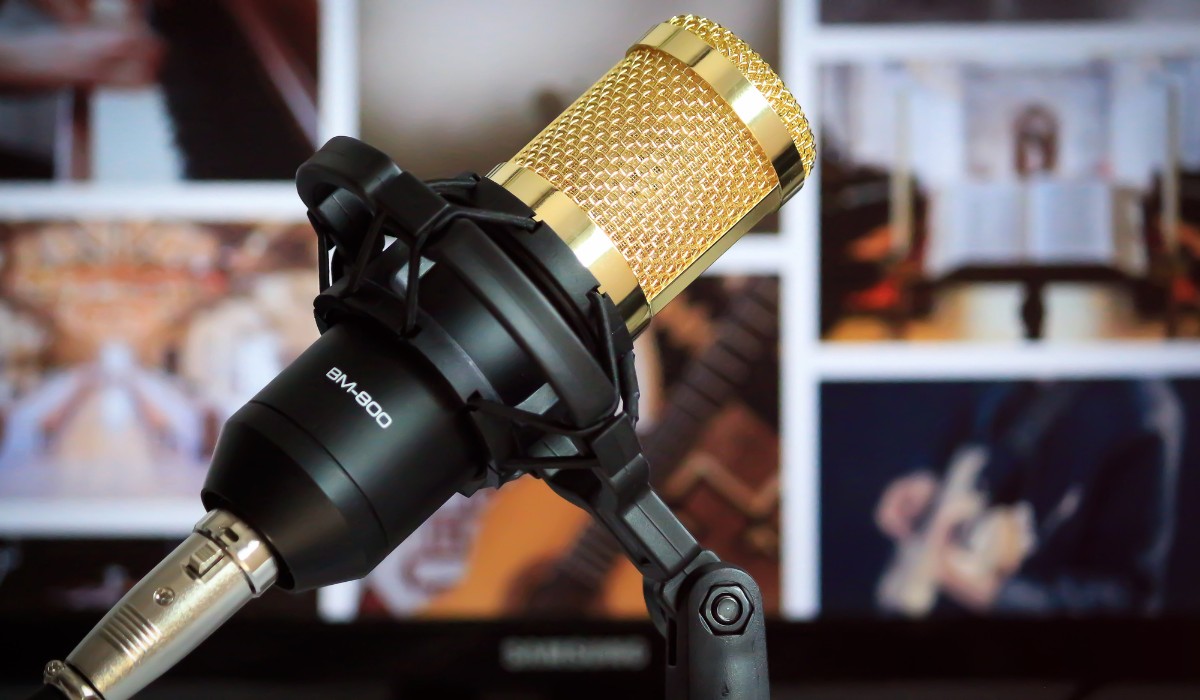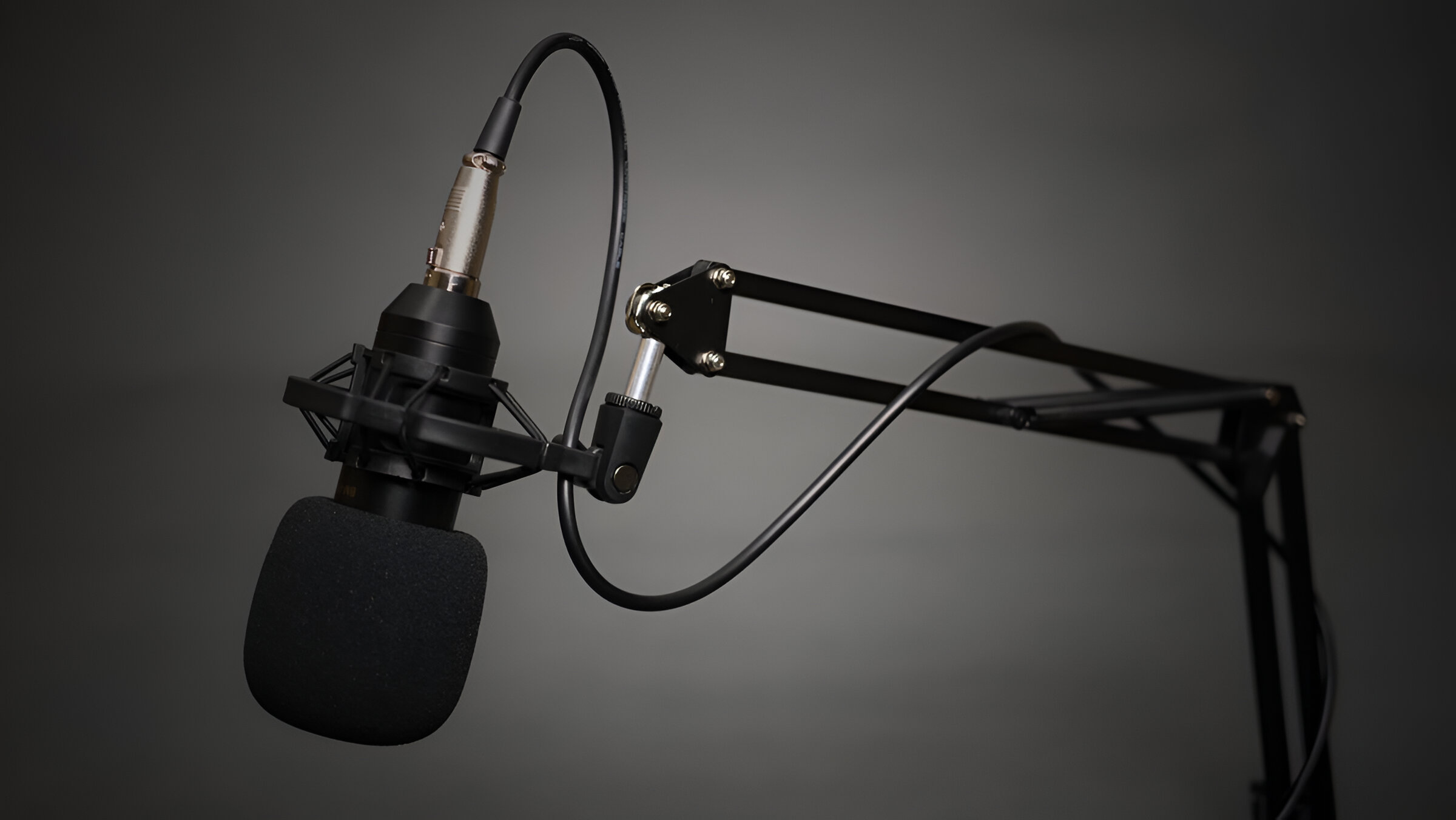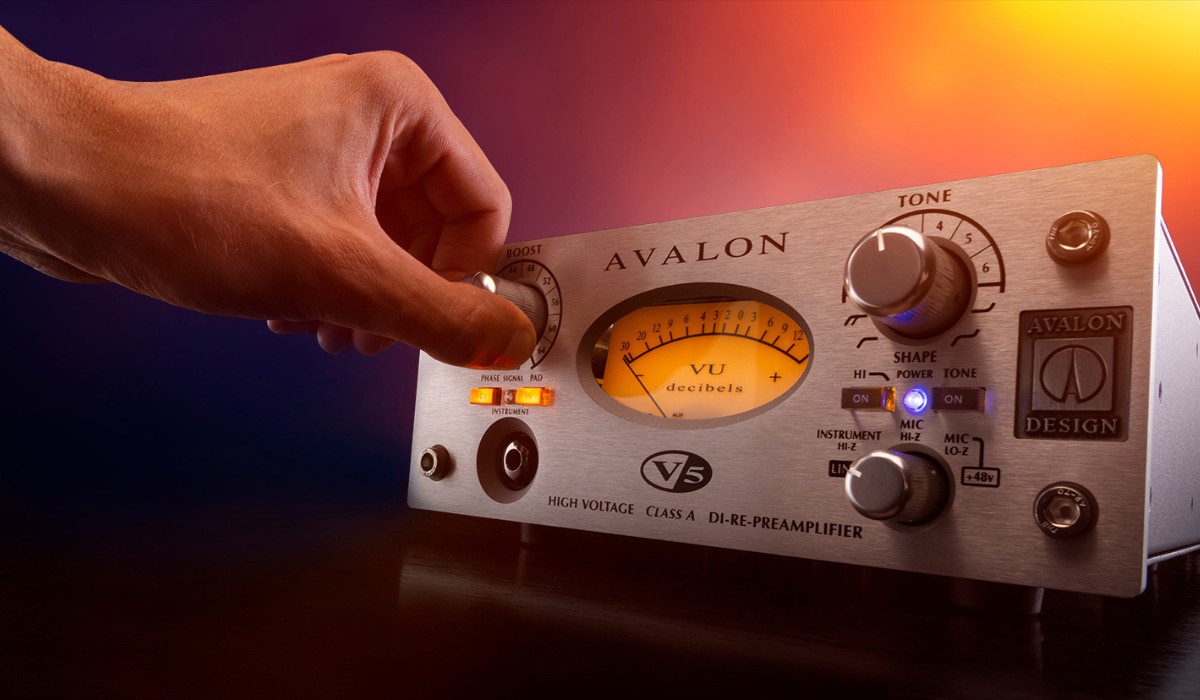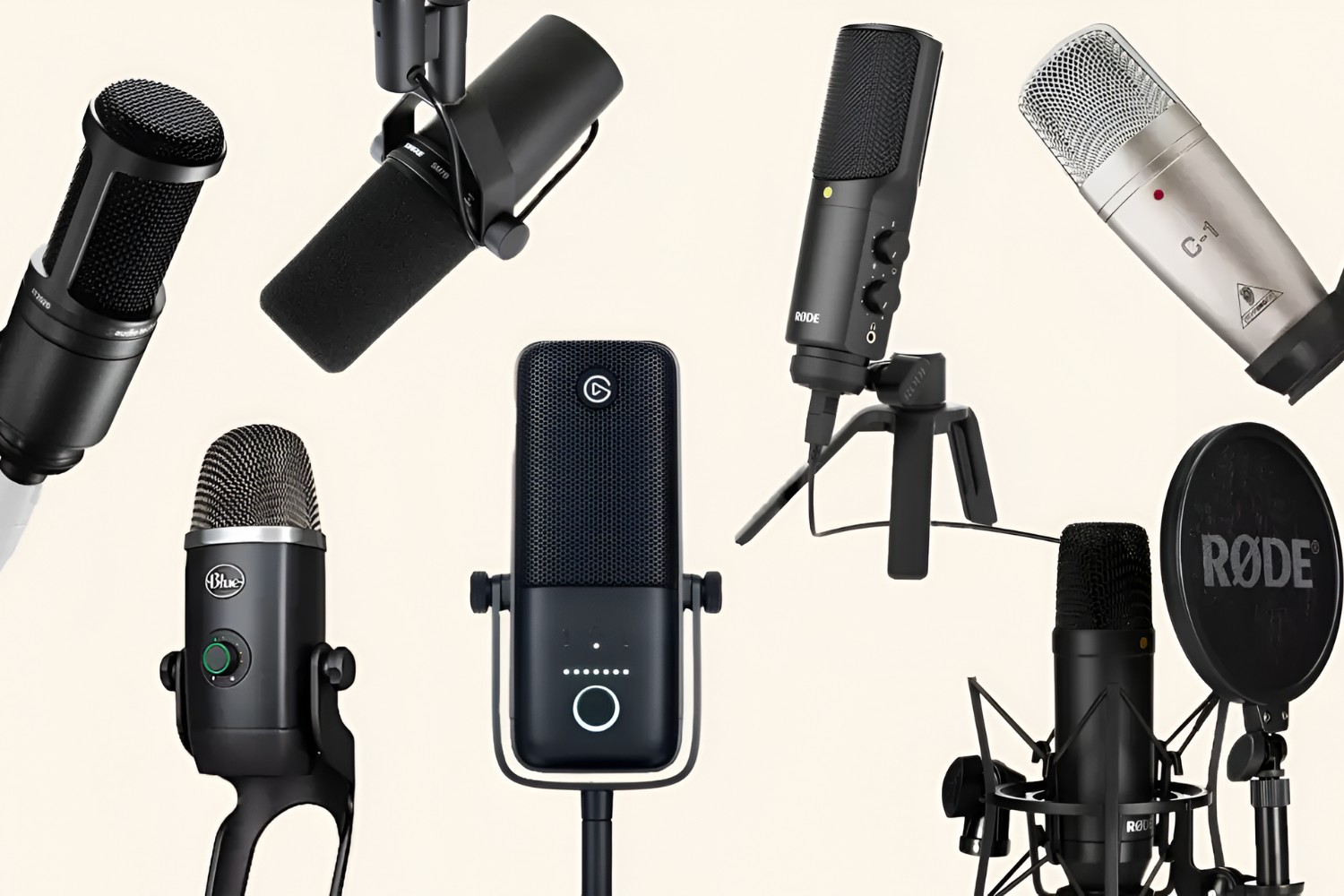Introduction
When it comes to capturing pristine audio, condenser microphones are often the top choice for professionals and enthusiasts alike. These microphones are renowned for their exceptional sensitivity, wide frequency response, and ability to faithfully reproduce sound with remarkable clarity. However, a common query that arises among those new to the world of audio recording is, "How is a condenser microphone powered?"
Understanding the power source of a condenser microphone is crucial for utilizing it effectively. The method of powering a condenser microphone can vary depending on its design and intended application. In this article, we will delve into the various ways in which condenser microphones are powered, shedding light on phantom power, battery power, and electret condenser microphones. By gaining insight into these power sources, you will develop a deeper understanding of how condenser microphones operate and how to select the most suitable power option for your specific recording needs.
Whether you are a musician, podcaster, content creator, or audio engineer, grasping the fundamentals of condenser microphone power is essential for harnessing the full potential of these sophisticated audio capture devices. Let's embark on a journey to unravel the mysteries of condenser microphone power and equip ourselves with the knowledge needed to elevate our audio recording endeavors.
What is a Condenser Microphone?
A condenser microphone, also known as a capacitor microphone, is a type of microphone that operates on the principle of capacitance. Unlike dynamic microphones, which use a coil of wire and a diaphragm to generate an electrical signal, condenser microphones employ an electrically charged diaphragm and a backplate to convert sound waves into electrical signals.
At the core of a condenser microphone is a diaphragm that is typically made of a thin conductive material, such as gold-sputtered Mylar or metal-coated plastic. This diaphragm is positioned in close proximity to a stationary backplate, creating a small gap between the two components. When sound waves hit the diaphragm, it vibrates in response to the acoustic pressure variations, causing the distance between the diaphragm and the backplate to fluctuate. As a result, the capacitance between the diaphragm and the backplate changes, leading to the generation of an electrical signal that accurately mirrors the incoming sound.
One of the defining characteristics of condenser microphones is their remarkable sensitivity and ability to capture subtle nuances in sound. This makes them well-suited for recording vocals, acoustic instruments, and intricate audio details with exceptional clarity and precision. Additionally, condenser microphones typically exhibit a wider frequency response and lower noise compared to dynamic microphones, making them a popular choice in professional recording studios, broadcast environments, and live sound reinforcement applications.
It’s important to note that condenser microphones require a power source to energize the internal circuitry that facilitates the conversion of sound into electrical signals. This power source can vary depending on the type of condenser microphone, with options including phantom power, battery power, and electret condenser microphone designs. By understanding the unique characteristics and power requirements of condenser microphones, audio enthusiasts can make informed decisions when selecting and using these versatile microphones for a wide range of recording and sound reinforcement tasks.
Types of Powering a Condenser Microphone
Condenser microphones rely on various methods of power to operate and produce the high-quality audio for which they are renowned. Understanding the different types of powering options is essential for selecting the appropriate setup based on the specific requirements of a recording environment or performance venue. Let’s explore the primary methods of powering condenser microphones:
- Phantom Power: Phantom power is a widely used method of providing the necessary electrical power to condenser microphones. It involves sending a direct current (DC) voltage—typically 48 volts—along the same cables used for audio signal transmission. This eliminates the need for separate power sources or batteries for the microphones, streamlining the setup and reducing potential points of failure. The majority of professional audio interfaces, mixing consoles, and preamplifiers are equipped with phantom power capabilities, making it a convenient and ubiquitous power option for condenser microphones.
- Battery Power: Some condenser microphones are designed to be powered by internal batteries, offering a portable and self-contained power solution. This can be advantageous in situations where phantom power is unavailable or impractical, such as outdoor field recording or remote live performances. Battery-powered condenser microphones provide flexibility and independence from external power sources, making them well-suited for on-the-go recording and mobile production setups.
- Electret Condenser Microphones: Electret condenser microphones incorporate a permanently charged material in the diaphragm or backplate, allowing them to operate on lower voltages than traditional externally polarized condenser microphones. This internal charge, often provided by a small built-in preamplifier or power source, enables electret condenser microphones to function with battery power or lower-voltage phantom power. These microphones are commonly found in consumer-grade recording devices, video cameras, and portable audio recorders, offering a compact and efficient solution for capturing high-quality audio in a variety of settings.
By familiarizing oneself with the different methods of powering condenser microphones, audio professionals and enthusiasts can make informed decisions when selecting microphones and configuring their recording setups. Each powering option comes with its own advantages and considerations, and understanding their implications is crucial for achieving optimal performance and versatility in diverse recording and sound reinforcement scenarios.
Phantom Power
Phantom power is a method commonly used to provide the necessary electrical power to condenser microphones, particularly in professional audio settings. This approach involves delivering a direct current (DC) voltage—typically 48 volts—along the same cables used for transmitting audio signals. Phantom power is widely adopted in recording studios, live sound reinforcement setups, and broadcast environments due to its convenience, efficiency, and widespread support in audio equipment.
One of the key advantages of phantom power is its ability to simplify the setup and operation of condenser microphones. By utilizing the existing audio cables to deliver power, there is no need for separate power sources or batteries dedicated to the microphones, reducing clutter and potential points of failure in the system. This streamlined approach contributes to a more organized and efficient audio setup, especially in multi-microphone configurations where managing individual power sources for each microphone could become cumbersome.
Professional audio interfaces, mixing consoles, microphone preamplifiers, and standalone phantom power supplies are typically equipped with phantom power capabilities, ensuring compatibility with a wide range of condenser microphones. This ubiquity makes phantom power a convenient and practical solution for powering condenser microphones in various recording and performance scenarios.
It is important to note that phantom power is designed to deliver a constant voltage to the microphones while allowing the audio signals to pass through unaffected. This ensures that condenser microphones receive the necessary power to operate their internal circuitry without introducing unwanted noise or interference into the audio signals. Additionally, modern phantom power circuits incorporate protection features to prevent damage to microphones in the event of incorrect connections or power surges, safeguarding the equipment from potential harm.
Understanding the concept of phantom power and its widespread adoption in the audio industry is essential for audio professionals, engineers, and musicians. By leveraging phantom power, they can harness the full potential of condenser microphones in a reliable and efficient manner, paving the way for exceptional audio capture and reproduction in a myriad of creative and technical endeavors.
Battery Power
For condenser microphones, battery power serves as a portable and self-contained alternative to phantom power, offering flexibility and independence from external power sources. This powering method is particularly valuable in situations where phantom power is unavailable or impractical, such as outdoor field recording, remote live performances, or any scenario that demands mobility and autonomy.
Condenser microphones designed for battery power feature internal compartments or integrated power circuits to accommodate the necessary batteries. Common battery types utilized in these microphones include AA, AAA, or specialized lithium cells, providing a reliable source of power for extended recording sessions or performances. The use of batteries eliminates the reliance on external power supplies, making battery-powered condenser microphones well-suited for on-the-go recording, location sound capture, and mobile production setups.
One of the key advantages of battery power is its ability to offer consistent performance in diverse environments, regardless of the availability of phantom power or electrical outlets. This makes battery-powered condenser microphones indispensable for remote recording expeditions, outdoor film shoots, and live music events held in unconventional venues. Additionally, the self-contained nature of battery power grants users the freedom to operate without being tethered to fixed power sources, facilitating seamless integration into portable recording rigs and live sound setups.
It is important to consider the battery life and monitoring when using battery-powered condenser microphones, as prolonged usage may necessitate periodic battery replacement or recharging. Some microphone models incorporate battery status indicators to provide users with real-time information about the remaining power, ensuring that they can make informed decisions and preemptively address any power-related concerns during critical recording or performance sessions.
By embracing battery power, audio professionals, filmmakers, and musicians can venture into remote or unconventional recording environments with confidence, knowing that their condenser microphones are equipped with a reliable and self-sustaining power source. This versatility and mobility empower creators to capture high-quality audio in a myriad of settings, from expansive outdoor landscapes to intimate acoustic performances, without compromising on the fidelity and clarity that condenser microphones are renowned for.
Electret Condenser Microphones
Electret condenser microphones represent a distinct category of condenser microphones that incorporate a permanently charged material in the diaphragm or backplate, enabling them to operate on lower voltages than traditional externally polarized condenser microphones. This internal charge, often provided by a small built-in preamplifier or power source, grants electret condenser microphones a level of self-sufficiency and compatibility with battery power or lower-voltage phantom power, making them a popular choice in various consumer and professional audio applications.
One of the key advantages of electret condenser microphones is their efficiency and compact design, which allows for integration into a wide range of recording devices, video cameras, portable audio recorders, and communication equipment. The inherent stability of the electret material’s charge enables these microphones to function reliably without the need for external power supplies or dedicated phantom power sources, making them well-suited for compact and portable recording setups.
Electret condenser microphones are often employed in consumer-grade recording devices, such as handheld audio recorders, smartphone accessories, and video cameras, offering users a convenient and high-quality audio capture solution for personal and professional use. The compact form factor and minimal power requirements of electret condenser microphones make them an ideal choice for on-the-go recording, documentary filmmaking, vlogging, and field interviews, where portability and simplicity are paramount.
Despite their compact size and lower power demands, electret condenser microphones are capable of delivering impressive audio fidelity and sensitivity, making them valuable tools for content creators, journalists, and audiovisual professionals operating in diverse environments. Their versatility and compatibility with a wide range of recording devices ensure that users can achieve professional-grade audio recordings without the need for complex setups or extensive power management.
By embracing electret condenser microphones, audio enthusiasts and content creators can leverage the efficiency and convenience of these self-contained audio capture devices, expanding their creative possibilities and seamlessly integrating high-quality audio into their multimedia productions. Whether capturing spontaneous moments, conducting on-location interviews, or documenting immersive experiences, electret condenser microphones empower users to elevate the audio quality of their content with minimal complexity and maximum impact.
Conclusion
As we conclude our exploration of condenser microphone power sources, it becomes evident that the diverse methods of powering these sophisticated audio capture devices play a pivotal role in shaping their functionality and versatility. From the ubiquitous phantom power to the portable convenience of battery power and the efficiency of electret condenser microphones, each powering option offers unique advantages tailored to specific recording and performance scenarios.
Understanding the power requirements and capabilities of condenser microphones is essential for audio professionals, musicians, content creators, and filmmakers, as it empowers them to make informed decisions when selecting microphones and configuring their recording setups. Whether capturing pristine vocals in a studio environment, embarking on on-location field recordings, or documenting live performances, the choice of power source directly influences the flexibility, reliability, and portability of the audio capture system.
By delving into the intricacies of phantom power, battery power, and electret condenser microphones, we gain a deeper appreciation for the ingenuity and adaptability of these power solutions in meeting the diverse needs of modern audio production and content creation. The seamless integration of power sources with condenser microphones underscores the commitment to enhancing the user experience and enabling creative expression without constraints.
As technology continues to evolve and empower audio enthusiasts and professionals, the landscape of condenser microphone powering options will likely expand, offering even greater flexibility and efficiency in capturing high-quality audio across a spectrum of applications. Embracing these advancements and understanding the nuances of condenser microphone power sources will undoubtedly enrich the audio recording and production endeavors of individuals and organizations alike, fostering a culture of innovation and excellence in the realm of sound capture and reproduction.

























